How did Tanzania get its Name?
The name Tanzania is the fusion of two places. The “Tan” part of the name comes from Tanganyika. This name in Swahili means “Sail in the Wilderness.” It is believed to be in reference to Africa’s deepest body of water, Lake Tanganyika, which is also a national symbol.
The “Zan” part of the name comes from the island of Zanzibar which means “Coast of the Blacks”, with its origins coming from medieval Arabic terms. The “ia” was added at the end, well, just because it sounds better.
Where is Tanzania Located?
The mainland of Tanzania is located just slightly below the equator, on the east coast of Africa. Zanzibar is an island off the coast in the Indian Ocean. Tanzania also includes the islands of Pemba and Mafia.
The mainland is bordered by the Indian Ocean to the east and has a whopping eight land borders. Its neighbors are: Kenya, Uganda, Rwanda, Burundi, Democratic Republic of Congo, Zambia, Malawi and Mozambique.
A Brief History of Tanzania
Tanzania is home to an area that is referred to as “The Cradle of Mankind.” It is believed to be the birthplace of humanity. In the area around the Olduvai Gorge in northern Tanzania. Fossils have been found that are thought to be two million years old, as well as the footprints of the immediate ancestor of humans, the Laetoli footprints, estimated to be 3.6 million years old.
About 10,000 years ago, Tanzania was populated by hunter-gatherer communities. Different ethnic tribes began moving into the area, bringing with them different languages and techniques for agriculture, food production and later cattle farming.
Two thousand years ago, it was the Bantu that began arriving from western Africa in a series of migrations. They brought iron working skills and introduced new social and political ideas. Later, Nilotic pastoralists arrived and continued their stay until the 18th century.
Trade with Arabia and Persia made the East African coast economically strong as far back as the first millennium CE. This was when Islam was introduced into the area. All along the coast, as well as the islands of the Zanzibar archipelago, many trading cities thrived. The period was known as the Shirazi Era, between the 13th and 15th centuries. They were trading ivory, gold and other goods to faraway lands like India and China. Kilwa was one of the earliest trading towns in the world to use money.
The great Portuguese explorer, Vasco da Gama, was the first European to reach the east African coast in 1498. By 1525 the Portuguese had subdued the entire coast which lasted until the 18th century when Arabs from Oman established a foothold in the region. During this time, Zanzibar became the epicenter for the Arab slave trade.
In 1873 a British fleet arrived in Zanzibar to force Sultan Barghash to declare the end of the slave trade. Although reduced, the illegal slave trade continued. In the mid 1800s, a German missionary was the first European to see the magnificent Mt. Kilimanjaro, and Richard Burton and John Speke mapped the massive Lake Tanganyika.
In 1877, the Belgians arrived. With many factions interested in the area, at a table in Berlin in 1886, Belgium claimed ownership of the Congo River area, the Germans and British focused on taking over East Africa which they partitioned off between themselves, and Zanzibar was left to the Sultan of Oman, for a short while anyway.
The mainland area became known as Tanganyika, after German East Africa was transferred to the United Kingdom as a mandate by the League of Nations, in 1920. It was colonized first by Germans, from the 1880s until 1919, then the British from 1919 until 1961.
Tanganyika became independent on December 9, 1961. Zanzibar’s Independence was in 1963 and in 1964 an Act of Union between the two countries formed the United Union of Tanzania. It emerged as a one-party state under Julius Nyerere, whose ideologically driven policy of socialism, is still felt today.
Today Tanzania is run by the ruling party, Chama Cha Mapinduzi (CCM), who has been in power since Independence.
Tanzania Culture
Tanzania is a very ethnically and culturally diverse nation, with over 120 tribes making up the population. From the tall, colorful, Maasai warriors, to the Hadza bushman with their ancient practices and the Wameru and the Chaga farmers with their resourceful agricultural ways. They all have their unique ways: their own language, traditions and customs, but together, they gracefully unite to form Tanzania. Swahili is the language that unites them and Swahili along with English are considered the national languages of Tanzania.
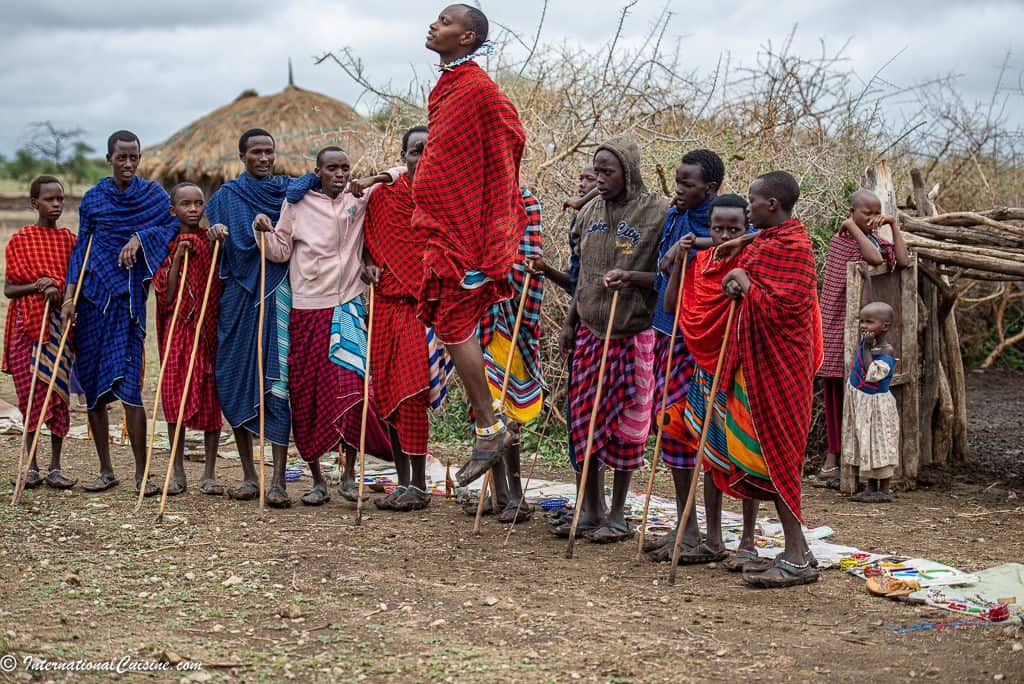
“Hakuna Matata” is a Swahili phrase meaning “no worries,” “no problem” or ”take it easy.” It can also refer to time as in “no rush.” This phrase is heard often in Tanzania and was made famous to the rest of the world when “The Lion King” movie hit the theatres.
Speaking of the “The Lion King,” Tanzania is known the world over as one of the best safari destinations on the planet. I had the privilege of visiting and I will never forget the spectacular scenery, the people, and the amazing animals.
Safaris are usually done with a skilled guide/driver who can spot animals you might have never noticed. You can stand up in the jeep and look through the pop up lid. We saw baby cheetahs, camouflaged on a rock waiting for their mother to return from her hunt. We saw lazy lions sleeping in the sun after a nice game meal.
We had a mock charge by an elephant protecting her baby, saw a leopard gnawing on its prey where she had dragged it high up in the treetops, and baboons positioning to steal it away.
We saw hippos grunting and burping in pools of water, leopard turtles and magnificent birds, from pink flamingos to swooping kites to vultures waiting for their turn on a kill. There were antelopes and zebra frolicking and one can never forget the gracious, poetic walk of the giraffe.
Tanzania is simply a sensory overload of wild animals: the dreaded cape buffalo, elephants, lions, rhinos, cheetahs, leopards, giraffes, wild dogs, hyenas, warthogs, gazelles, elands, waterbuck, dik diks, and the list goes on.
The highlight on safari is the Serengeti National Park. It is believed the name comes from a Maasai word seringit, meaning “endless plains.” It is home to the Great Migration which happens annually.
Each year around the same time, wildebeests, about 1.7 million of them, along with zebras and thousands of gazelles and other plain game begin their migration. They move in a circle which is basically a grazing pattern that loops clockwise through the National Park to the Masai Mara reserve in Kenya. It is a truly spectacular sight.
It was there we also witnessed the shifting sands. This a pile of volcanic, ash about the size of a football field and 20 feet high. The sands catapult over each other due to the prevailing wind, which effectively walks the pile some 2 meters down the Serengeti every year. Markers have traced its movement since the 1960s. It is thought that if you climb onto it, it will bring you good luck and fertility.
The Ngorongoro Crater is another breathtaking location and a UNESCO World heritage Site. The crater was formed when a large volcano exploded and collapsed on itself some two to three million years ago. It created a caldera and is one of the highlights for animal viewings in the country.
In this crater the animals do not migrate as they do on the Serengeti. It is a microcosm of thousands of African animals living together. It is in this crater that we spotted the elusive rhino, one of the “Big 5”that every safari seeker longs to see. (lions, leopards, rhinos, elephants and cape buffalo)
Mt. Kilimanjaro is another natural treasure. It is famous for mountain climbers and hikers. Kilimanjaro which means “Mountain of Whiteness” or “Shining Mountain” is Africa’s tallest peak and the world’s tallest free-standing mountain.
Tanzania Cuisine
The cuisine of Tanzania is very similar to other east African nations. Swahili cuisine is a combination of African, Indian, and Arabic influences. The British also left their mark on customs and cuisine in Tanzania, most notably the teas, which are grown in the highland area, as well as their delicious desserts.
As with all countries, the food is quite regional. Fish, for example, is prominent along the coast, whereas meat, is more prevalent in the inland areas. Game meat, such as: antelope, wildebeest and buffalo, are consumed along with chicken, beef, lamb, and goat. Pork is rare, as Tanzania is mainly a Muslim country where pork is considered taboo. Nyama choma is simply grilled meat and is beloved. You will see street stalls selling it all over the country.
The national dish is a called ugali and it is a thick porridge made from maize or cassava that is served with meat and vegetable stews. Rice is also very popular in certain areas of the country as well.
They grow all sorts of fruits and vegetables. The fruits are often used as desserts. Mangoes, papayas, bananas, pineapple, watermelon, oranges, limes, tamarind and especially coconut, are all popular. Vegetables include: cassava, corn, taro, cabbage, carrots, shallots, onions, and garlic. Squash and pumpkin are also very common. Legumes are another staple in the cuisine and especially loved when cooked in coconut milk.
Chapati is a very popular flat bread that is very easy to fall in love with. Mandazi is another delicious treat made with fried dough, (one of my favorites.)
Zanzibar is known as the Spice Island and spices are used extensively in their cuisine. Clove is what they are most known for but other spices like: cardamon, vanilla, pepper, cinnamon, turmeric and many more are grown here.
If you would like to learn more about the island of Zanzibar and the spices, there is an article I wrote that you may enjoy "A Spice Tour on the Spice Island", along with a cooking class I took in a small village called Jambiani, where you can get additional delicious Tanzanian recipes. "Cooking Class with Mr. Okala"
So, let’s enjoy a Tanzanian meal:
The Meal
Appetizer
Taro Chips
Main Course
Ndizi Nyama (Green Bananas and Beef Stew)
Served with
Maharage ya Nazi (Kidney Beans in Coconut Milk)
Dessert
Kashata (Peanut Brittle with Coconut and Cardamon)
This meal was served buffet style in a safari tent camp on the Serengeti. I can’t think of a more wonderful place to enjoy a meal. It would be fun to set up something similar at home, outside under the stars with candles and the like.
We first enjoyed our appetizer of taro chips and wine sitting around a campfire. They call this a “Sundowner,” where you just relax and watch the sun go down. This is another tradition from the British.
We enjoyed very good wine, mostly imported from South Africa. We also were impressed by the local beer in Tanzania; Kilimanjaro Beer and Serengeti Beer.
The taro chips are delicious when served warm after frying. Plantain chips are also often served as a snack before dinner.
For the main course we enjoyed the beef stew with bananas and kidney beans over white rice. The meal was made in the kitchen tent and I had the pleasure of being invited in to observe the preparation.
The chefs wear giant chef hats while cooking and serving, which made it seem so formal even though we were out on Serengeti.
For dessert, I chose to make one of the favorite sweets that I discovered while exploring Tanzania. It is called Kashata and it is basically peanut brittle with coconut and cardamon. It comes in many shapes, sizes and flavors but this was my favorite combination. Every time I make it, it makes me smile and is a lovely reminder of Tanzania.
As we say goodbye to this glorious country, I leave you with a brief photographic journey of our travel there.
p.s. if you are interested in going on a safari, I would be happy to share with you who we used and all the details of our travel. Feel free to contact me anytime.
Until next time,
“Hakuna matata” (no worries)
Warmest Regards,
Darlene Longacre

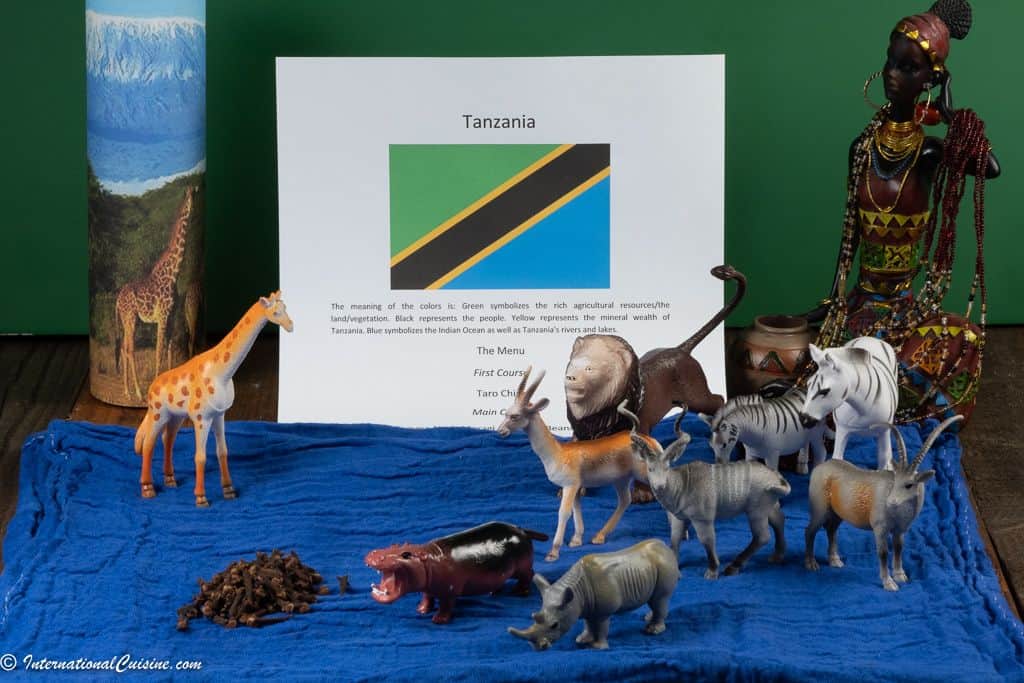
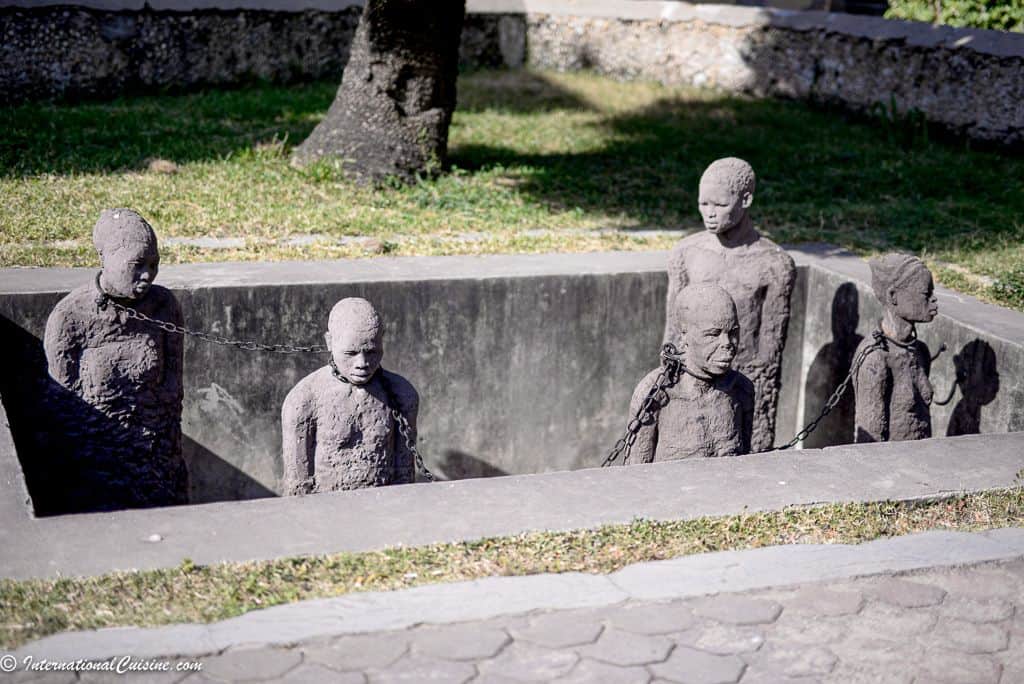
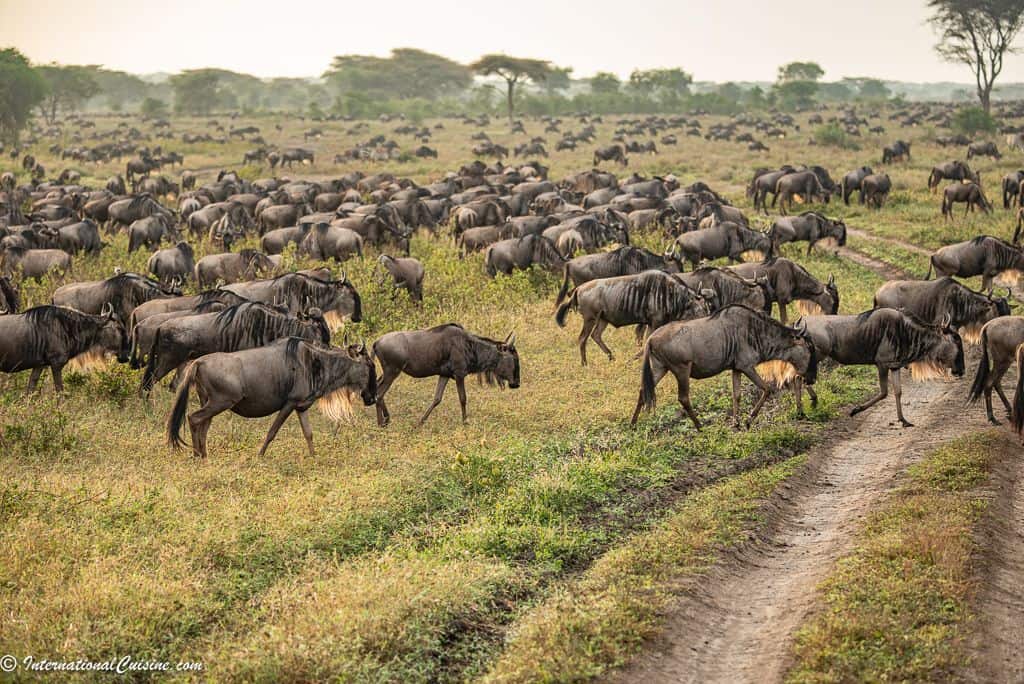
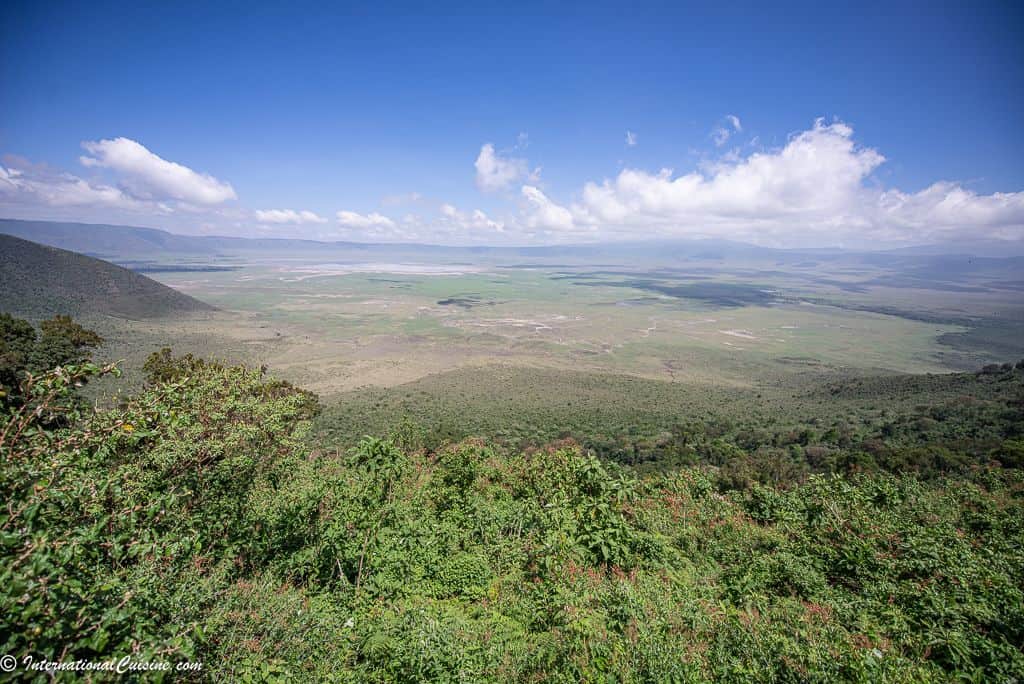
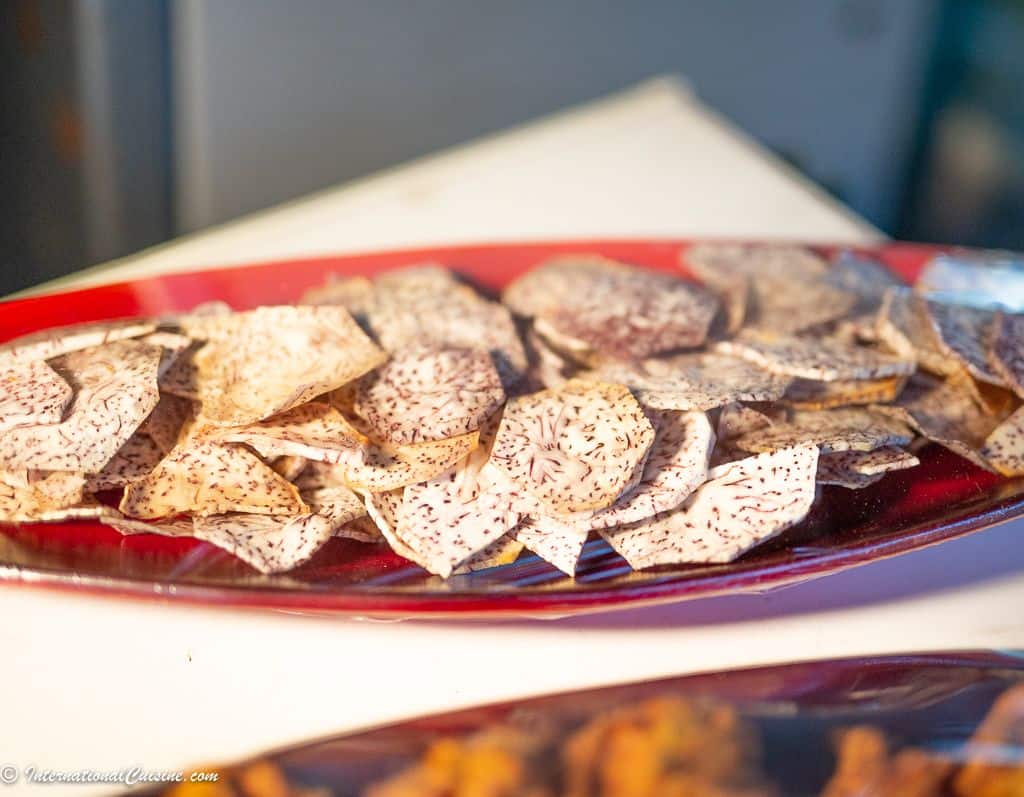
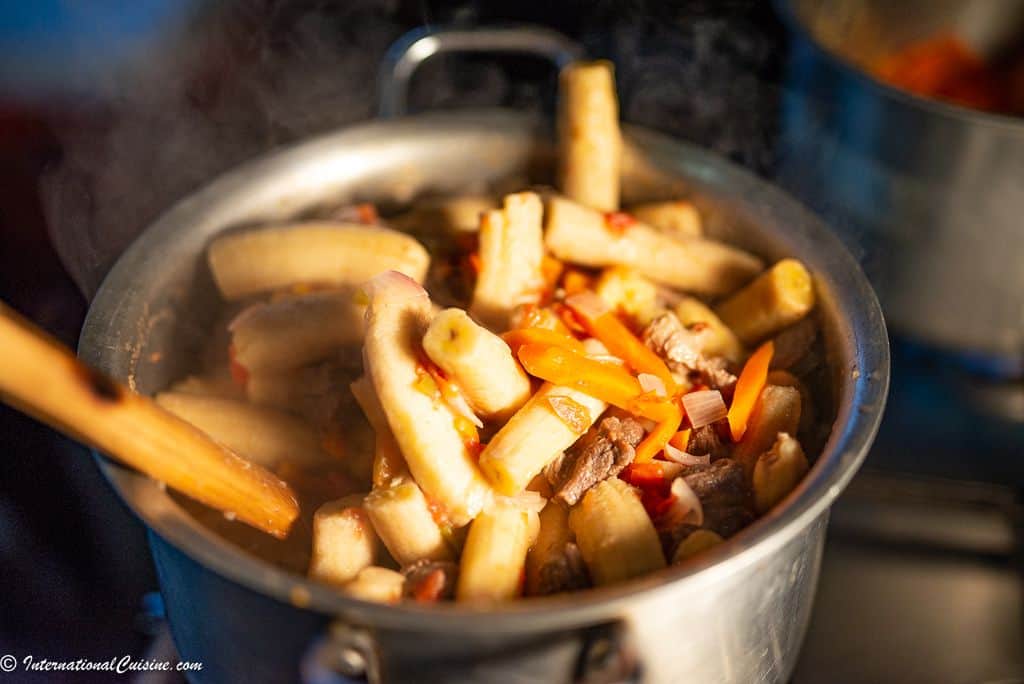
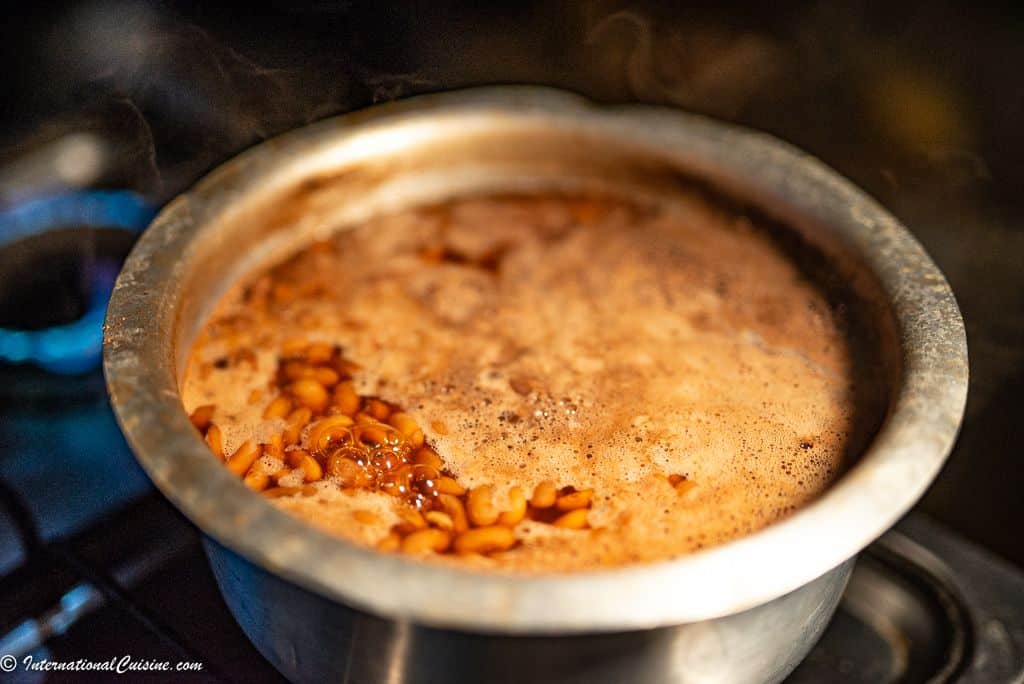
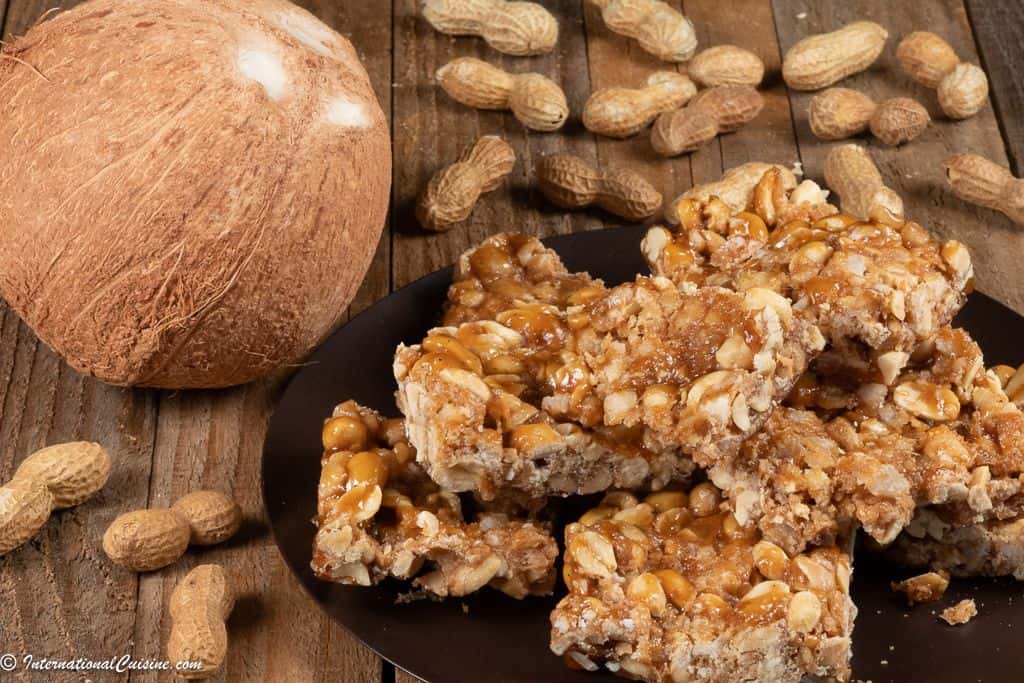
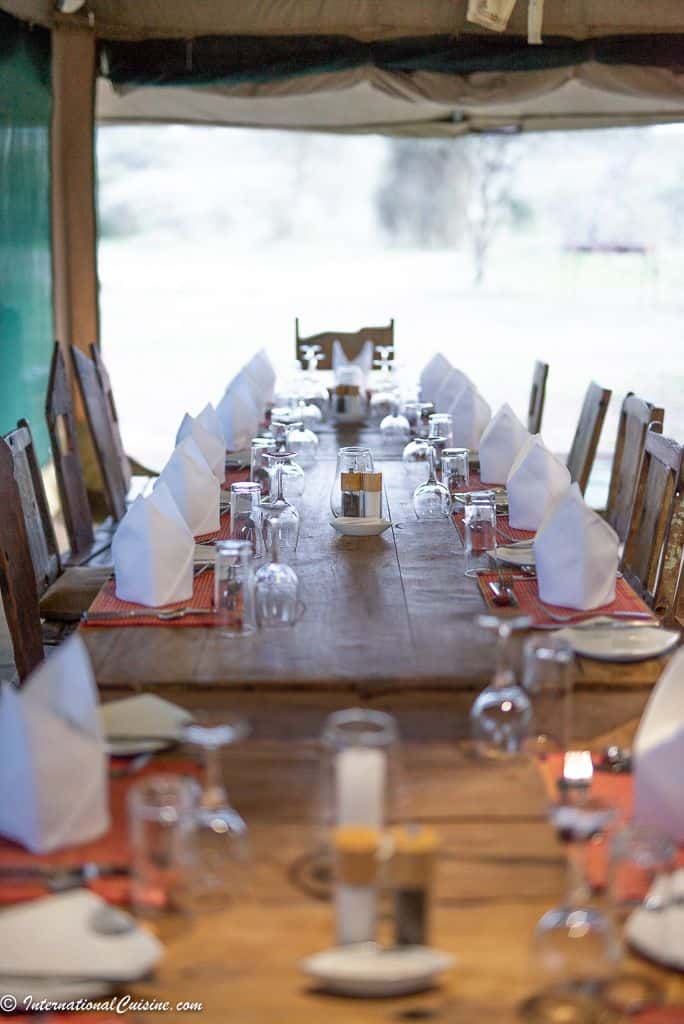
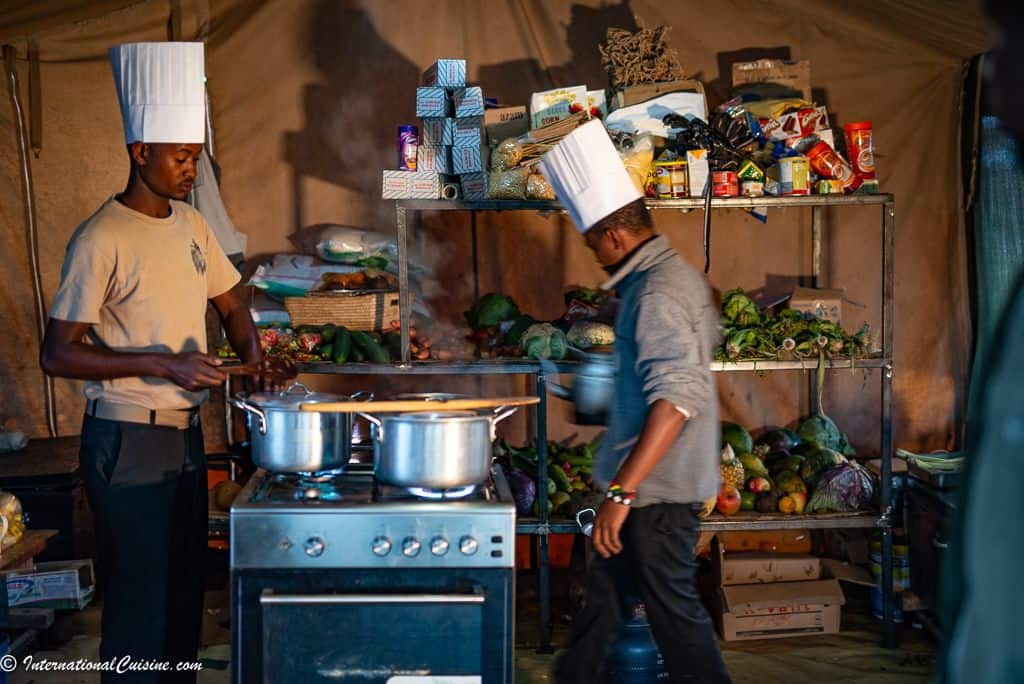
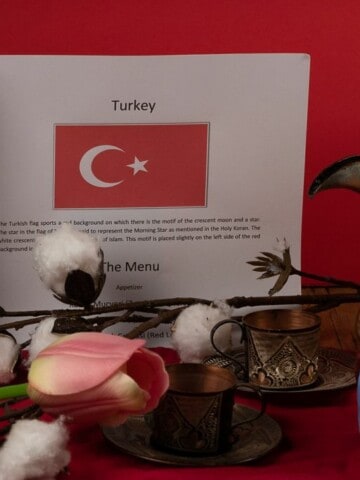
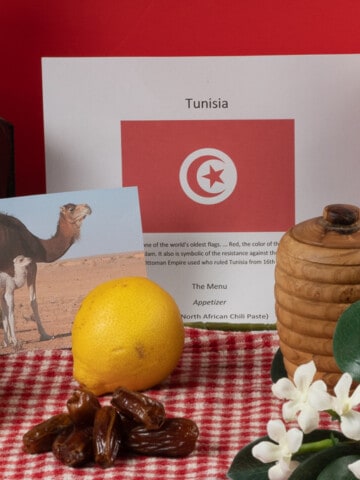
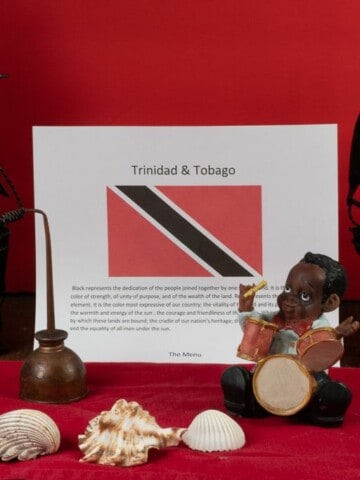
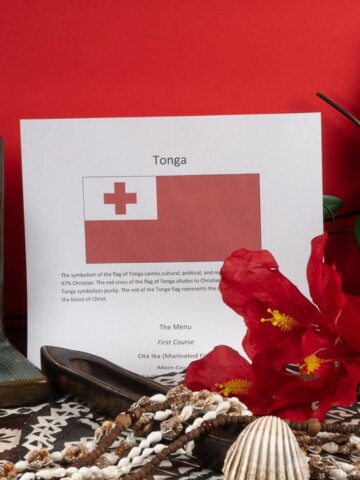
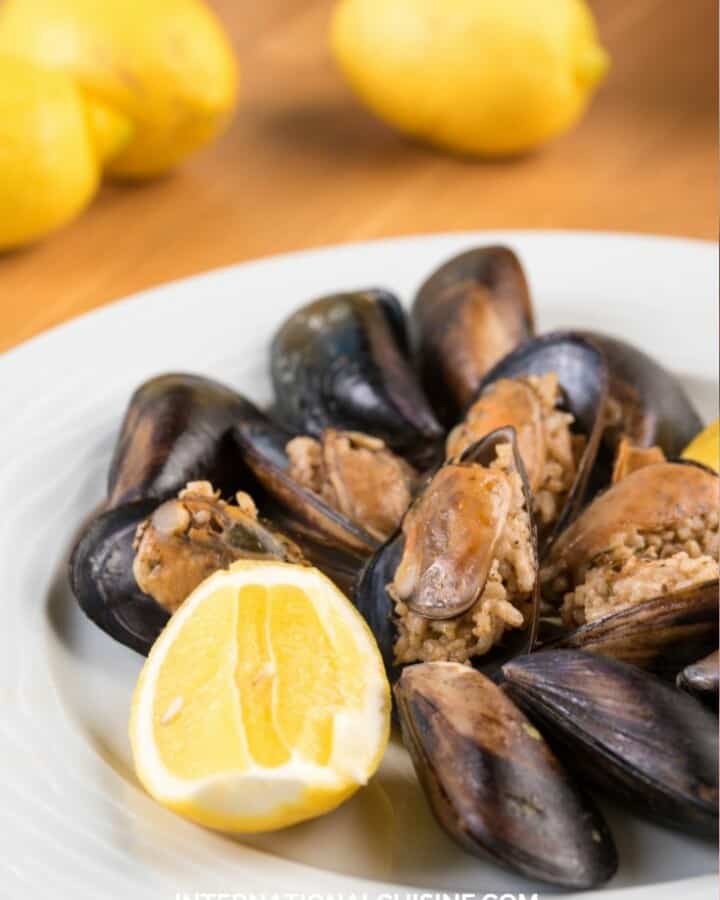
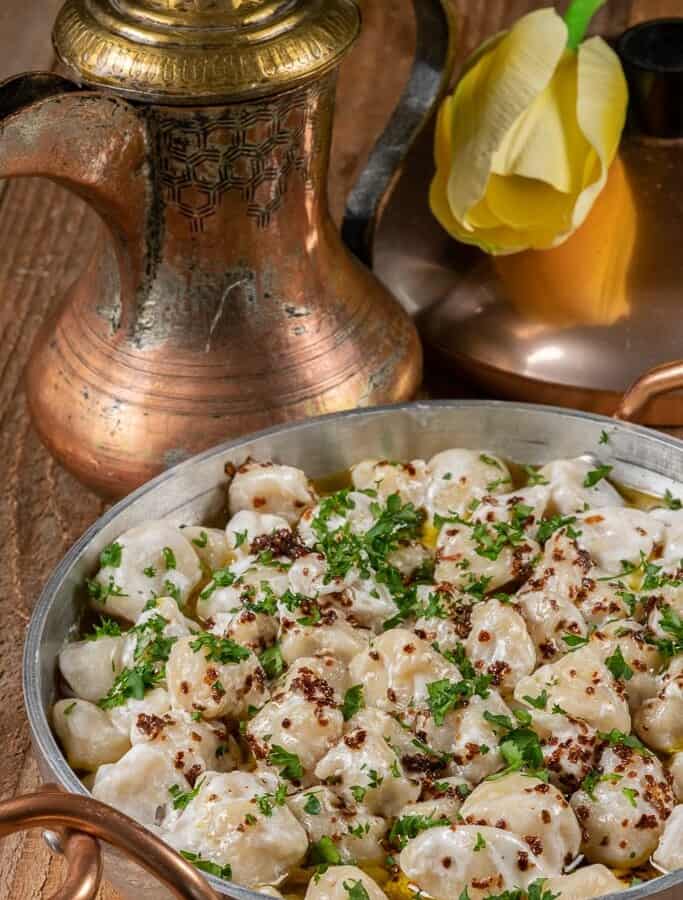
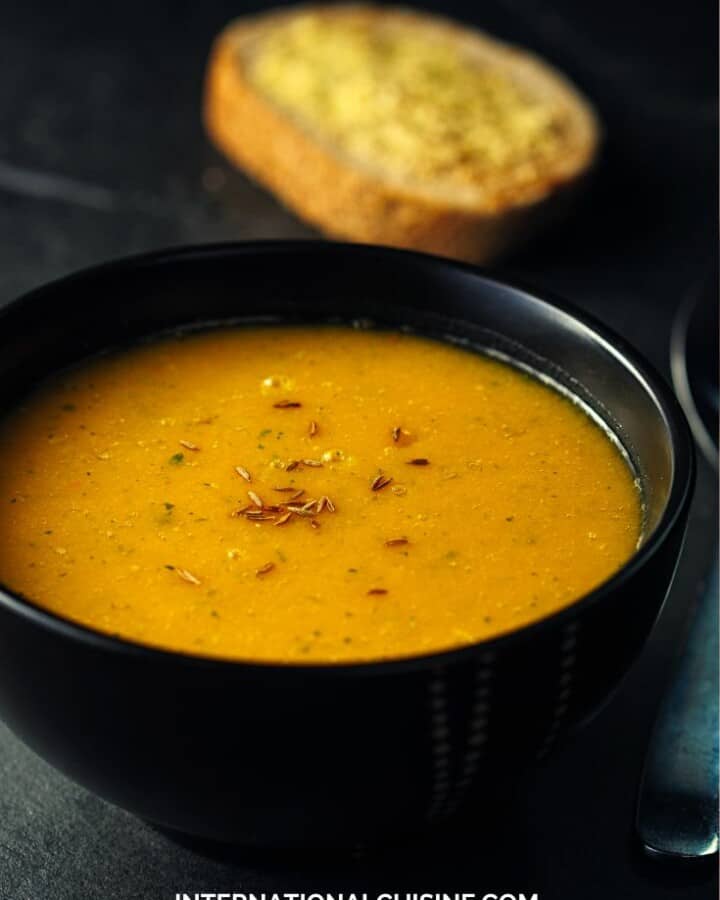
We love Tanzania! We have good friends who still have the "family home" in Zanzibar and we are so lucky to have visited on occasion! Thank you for a lovely journey again!!
How wonderful to have friends in Zanzibar. We fell in love with it too! Thank you so much for following along.
This is the first time I hear of a detailed personal experience from Tanzania, thank you for sharing. The food looks so appetizing and the wildlife is breathtaking.
Which tours did you use and how was it coping with the weather and other fewer commodities?
Hello Orlanda and thank you for your kind comments. We can not wait to return to Africa. We went with a photography tour and the guide in Tanzania was Victor his company is Top Guides Safaris and was wonderful. I would suggest going on a tour for your first time as they will handle all the details for you. It was hot when we were there but not at all unbearable. We went on our own to Zanzibar and there is no need to go on a tour there. We didn’t have any trouble finding anything we needed. They will give you a good packing list before you go. You can reach Victor at info@topguidessafaris and please tell him I referred you. Thank you for being part of the journey!
Darlene